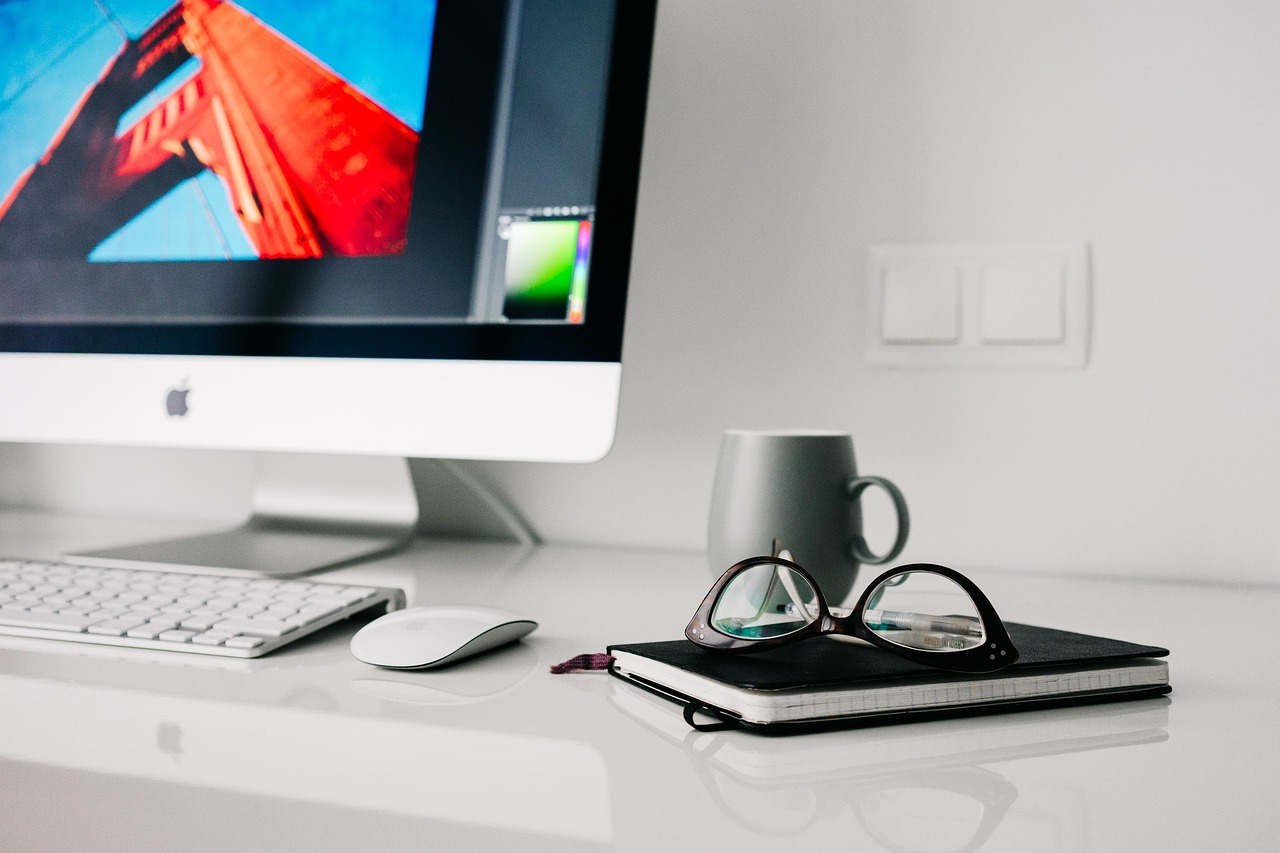
The world has been reshaped by technological inventions that transformed the lives of our ancestors and allowed us to thrive and create the modern world we inhabit today. From the earliest stone tools and the invention of the wheel to machines and innovations that paved the way for a more advanced society, the list of breakthroughs is extensive. Here are some key inventions that fueled global development and progress.
Created by the German inventor Gutenberg in the mid-15th century, the printing press allowed books to be produced on a large scale. This led to the dissemination of ideas—especially religious ones—the spread of knowledge, increased literacy, and the establishment of libraries across Europe. It was a crucial innovation that helped transition Europe from the Middle Ages to the Renaissance. The first book printed using this machine was the Bible. While the printing press reduced certain manual jobs, it also created a thriving industry for printers, booksellers, and authors.
Read more about Students seeking profitable skills
Read more about Trendy gadgets and technological advancement
Invented by Scottish engineer James Watt in 1775, the steam engine revolutionized transportation and machinery during the 19th century, driving the First Industrial Revolution. Economies shifted from agriculture and trade to industrial production with far greater output. Steam engines powered locomotives, steamships, and early automobiles, and laid the groundwork for combustion engines and aircraft. It had an immediate impact on employment and helped form the middle classes and urban centers.
Although Thomas Edison is credited with inventing the light bulb in 1880, many inventors—including Humphry Davy, Matthew Evans, Warren de la Rue, and Joseph Wilson Swan—had experimented with electric lighting before him. Edison’s improvements made electric light practical and widely usable. The light bulb transformed homes and workplaces, extended working hours, and spurred the development of power plants and household appliances, becoming a key driver of economic growth.
Alexander Graham Bell, a Scottish expert in speech and hearing whose mother and wife were deaf, sought to improve the telegraph. In 1876, he patented the telephone, which enabled instantaneous voice communication over long distances. Early telephone calls required manual connection of wires, a practice that continued until telephone networks were established. The telephone was one of the most important inventions of the Second Industrial Revolution and laid the foundation for modern communication, including mobile phones.
In 1903, the Wright brothers flew the first motorized, human-piloted airplane, the Wright Flyer. The flight lasted only 12 seconds, but it marked the beginning of aeronautical engineering. Their designs inspired further advances in aviation, leading to commercial air travel. In 1927, Charles Lindbergh became a hero for completing the first non-stop transatlantic flight. Aviation revolutionized trade, tourism, and cultural exchange, and today, the air transport industry is essential to the global economy.
Computers have transformed the way we live and work, making tasks easier, storing information, and processing data quickly. The invention of the transistor in 1947 paved the way for personal computers by replacing the vacuum tube and enabling smaller, more reliable devices. John Blankenbaker’s Kenbak-1 is recognized as the first personal computer. The development of microprocessors in 1971 further advanced personal computing.
The first microprocessor-based personal computer was the Micral in 1973, though it was never sold. The Xerox Alto, also from 1973, introduced a graphical interface and a mouse, paving the way for home computing. In 1975, the Altair 8800 was launched with Microsoft Basic, created by Bill Gates and Paul Allen, founders of Microsoft.
Like many transformative technologies, the Internet built on earlier experiments. In 1969, four university computers were connected through ARPAnet, laying the foundation for the Internet. In the late 1970s, Vinton Cerf developed the Transmission Control Protocol (TCP) to transfer files between computers. This breakthrough enabled Tim Berners-Lee to create the World Wide Web in 1991, transforming society. The Internet continues to evolve, shaping social, economic, and cultural development. In Spain, the 1995 launch of Telefónica’s Infovía service helped bring the Internet into homes.
In 1983, the first truly portable mobile phone was introduced: the Motorola DynaTAC 8000X, created by engineer Martin Cooper, featuring a battery life of just 30 minutes. Early mobile phones were primarily used for voice calls, but over time, they gained new capabilities, including sending text messages and emails. This evolution led to smartphones, which now allow internet browsing, photography, music streaming, GPS navigation, and social media updates, among countless other functions. Today, mobile phones are indispensable tools in both personal and professional life.
Alan Turing, known as the pioneer of modern computing, is also considered the father of artificial intelligence. However, the term “artificial intelligence” was first introduced in 1956 when the Logic Theorist, the first AI program, was showcased at a landmark conference. Today, AI has become part of everyday life through chatbots, voice assistants, self-driving cars, real-time translation, computer vision, ChatGPT, and the Internet of Things. Intelligent machines will continue to reshape the future, offering applications and possibilities that we cannot yet fully imagine. Generative AI, in particular, is playing an increasingly significant role.
The Sigma BF breaks so many conventional camera design rules that it should, in theory, fail completely – yet it has become the most discussed camera of the year. Built from a single block of metal, this high-end, minimalist full-frame camera with tactile controls features some of the most daring design choices you’ll ever encounter, earning it comparisons to a camera Apple might have produced.
During my several weeks of testing the BF, the experience was a rollercoaster: its smooth, stripped-down body is surprisingly awkward to hold, the control layout epitomizes ‘minimalism’, and it lacks a viewfinder, a tilting or rotating screen, proper connectivity, a memory card slot, and in-body stabilization – all of which feel disconcerting.
If you’re in the market for a new phone charger, the Anker Nano Charger 45W is an outstanding choice. It delivers more than enough power to enable fast charging on top iPhone and Samsung models, and it even comes with a 6-foot USB-C cable.
What sets this charger apart is its incredibly compact and lightweight design, especially considering its high maximum power output. Thanks to GaN technology, Anker has created a charger that powers up your devices quickly while remaining small enough to fit in tight spots at home or on the move.
When you need to take it along, the prongs fold neatly away, allowing you to slip it into your pocket or bag effortlessly. With a list price of just $34.99 / £24.99 (roughly AU$50), it’s an exceptional value for the performance. We should also mention the Anker MagGo Wireless Charging Station 3-in-1 Foldable Pad, a cleverly designed, palm-sized wireless charger that’s become a travel essential since its release.
Read our full review of the Anker Nano Charger 45W with USB-C Cable
Check Amazon
While it’s only a modest upgrade from the OnePlus Watch 2, the 2025 OnePlus Watch 3 offers the best Wear OS experience currently available.
This watch is ideal for anyone wanting a stylish smart watch with casual fitness tracking capabilities, and it largely delivers. One of its major highlights is battery life – in our testing, it lasted an impressive four and a half days, even while tracking several GPS workouts.
We also found it excels at running tracking and accurately monitors sleep. This watch isn’t geared toward Apple users or those who prefer smaller timepieces, and there were minor issues with swim tracking. But for anyone seeking a premium Wear OS smartwatch, the OnePlus Watch 3 is a top choice – with a smaller version set to release on July 8.
Unsurprisingly, within Roborock’s new 2025 lineup of robot vacuums, it was the Saros Z70—with its prominent mechanical arm—that drew the most attention. While the technology is undeniably impressive, in our tests we found the Z70’s more subtle counterparts to be genuinely more practical. The Roborock Saros 10 and Saros 10R are an excellent duo of home assistants, each bringing slightly different features but both equally remarkable.
Roborock is among the top robot vacuum brands, and these models highlight the latest innovations in its tech, providing precise navigation, powerful suction, advanced object recognition, and docks that handle nearly all maintenance automatically (and look stylish while doing so).
The standout feature, however, is that both vacuums are designed to reach low-clearance areas. That may not sound thrilling at first, but it allows them to clean spots that taller models cannot, such as the often-neglected space under your sofa. There are a few other minor differences—which we explore in detail in our Roborock Saros 10 vs 10R comparison—but both are strong enough to share the title of the best robovacs of 2025 so far. (Ruth Hamilton, Homes Editor)
If modern smartphones feel uninspired, the Motorola Razr Ultra 2025 will change your mind. It breaks away from the typical glass slab design, offering distinctive touches—like the wood finish option shown above—while delivering flagship-level performance.
This year, it features a powerful Qualcomm Snapdragon 8 Elite processor, the same chip powering many of today’s top Android devices. Closing its flip design is also a surprisingly satisfying way to end a call.
The Razr Ultra 2025 sports a stunning 7-inch main display—the largest available outside tablet-like foldables—and its secondary screen is impressively fast, boasting a 165Hz refresh rate. Naturally, all of this comes at a price. But beyond the cost, Motorola’s flagship proves that foldable phones no longer require compromises.
The Jura J10 is a high-end bean-to-cup coffee machine that delivers flawlessly extracted hot and cold coffee every time, and it makes some of the most exceptional latte macchiatos I’ve ever tasted.
The hot espresso comes out rich and full of flavor, while the automatic milk frother can create various textures depending on the drink you select. Simply choose your beverage from the menu, and the J10 handles everything else. For cold brew, the J10 allows freshly ground beans to pre-infuse, then pumps cold water through them at high pressure, reproducing the smooth, mellow taste of coffee steeped overnight in the fridge.
It finishes with perfectly frothed milk, which can be combined with a flavored syrup of your choice. It’s pricey, but if cost isn’t a concern, this is arguably the best coffee machine of the year. (Cat Ellis, Homes Editor)
Read our full Jura J10 review
Check Amazon
The newest entries in SteelSeries’ Apex Pro series had a lot to live up to (the TKL model from 2023 is still considered the top customizable gaming keyboard). Yet the latest generation certainly delivers – particularly the SteelSeries Apex Pro Mini Gen 3, which is my top recommendation.
It’s crafted to extremely high standards, with a robust yet lightweight frame, and the double-shot PBT keycaps feel just as premium as expected. The analog switches perform seamlessly, offering nearly flawless responsiveness.
Although the Apex Pro lineup is undeniably expensive, the Mini is the most affordable option thanks to its compact size, and the layout still feels complete thanks to the abundance of shortcut keys. For anyone seeking pure analog gaming excellence, this keyboard is a perfect choice. (Lewis Maddison, Reviews Writer)




